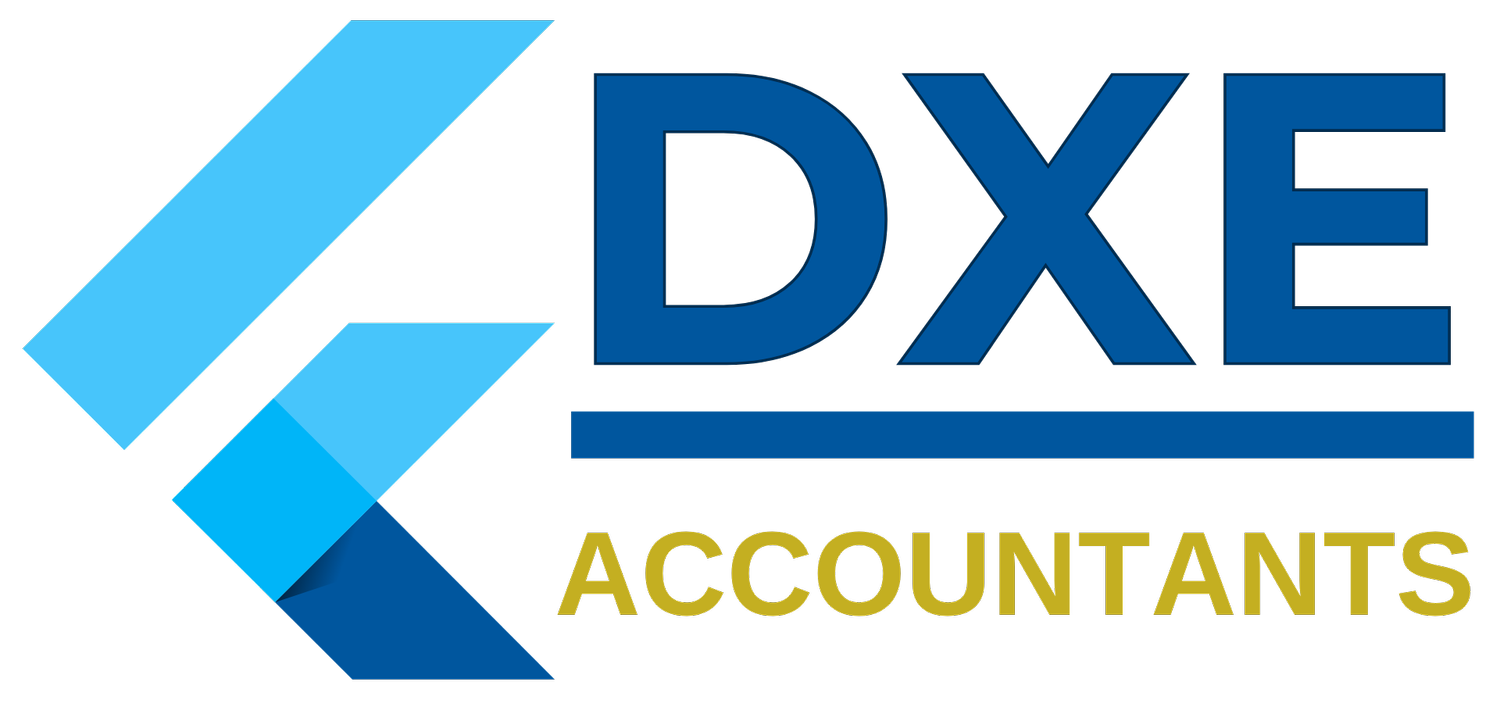Self‑Assessment Success: A Guide for Freelancers and Sole Traders
HMRC deadlines can be daunting—but you can stay ahead and stress-free with proper planning.
📝 Step 1: Register by 5 October
Register for self‑assessment by this date following the end of the tax year (April 5) to avoid fines.
💷 Step 2: Save as you earn
Allocate around 25–30% of every invoice into a tax pot—preparation eliminates year-end panic.
🏠 Step 3: Claim home‑working expenses
If you work from home, you can claim a flat £312/year allowance, plus a proportion for phone, internet, and utilities.
🗂️ Step 4: Track all allowable expenses
Deduct costs like travel, training, subscriptions, marketing, and equipment. Every pound saved reduces taxable profit.
📬 Step 5: Invoice and chase payments
Set 30-day terms and send reminders. Late payments hurt cash flow and take extra admin.
🧑🏫 Step 6: Consider an accountant
Hiring an expert such as DXE Accountants can boost your financial confidence, support mortgage applications, and free you to focus on your business .
⏰ Step 7: Meet the 31 January deadline
Submit your online self‑assessment by 31 January to avoid penalties—£100 initial fine, then increasing daily charges.
🚨 Mind side‑hustles
If your side income exceeds £1k/year, register for self‑assessment now—especially with the threshold rising to £3k soon.

